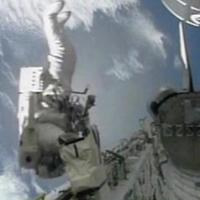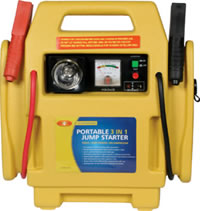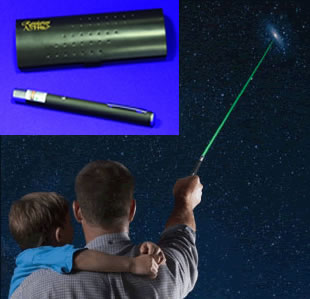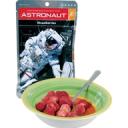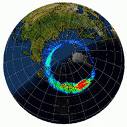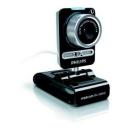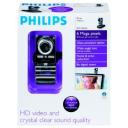How To Use a Computerised Telescope Book Review
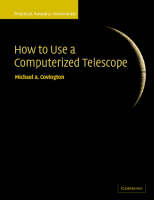 How to Use a Computerised Telescope introduces topics which are common to all computerised telescopes, but the book mainly covers the Meade ETX, LX200 and Celestron Nexstar ranges.
How to Use a Computerised Telescope introduces topics which are common to all computerised telescopes, but the book mainly covers the Meade ETX, LX200 and Celestron Nexstar ranges.
How to Use a Computerised Telescope begins by telling you about how the sky moves and how computerised telescopes track the stars in altazimuth and equatorial modes. It also includes details about the on-board GPS on the telescope and how to steady telescope mounts, wedges, and permanent mounts and how to best align a telescope. There is also a good section on factors that can affect pointing accuracy.
There is a whole chapter given over equatorial mounts and wedges and how to align the telescope using both methods.
The 5th chapter covers telescope optics and the different kinds of telescope as well as a useful section on how to collimate an SCT or Newtonian telescope.
Chapter 6 covers everything about eyepieces, including the different types such as Plossl, Radian, Kellner, Nagler and more. There is also information on power formulas and details on Barlow lenses, focal reducers, filters, sun filters and finders.
Chapter 7 is all about astrophotography and it tells you about the equipment you can purchase and how to attach your camera to the telescope either by piggybacking, prime focus, afocal and positive projection. There is also information on CCD cameras, webcams, and how to perform effective focusing.
Chapter 8 is all about troubleshooting, and it lists lots of problems you may come across and possible solutions for them.
The final three chapters are then given over to information about three main telescopes, these are the Meade LX200, Celestron Nexstar 5 and 8 and finally the Meade ETX and LX90 ranges.
These chapters carry a lot of information about each telescope such as about the menu options available on each handset and what the commands actually do. There are also some wiring diagram on how to make serial and USB cables for the LX200 and Nexstar telescopes.
At around 225 pages there is a lot of information in this book, especially applicable if you have a Meade LX200, ETX or Celestron Nexstar telescope. I learnt a lot about how to use my LX200 from this book and How to Use a Computerised Telescope is also a great book to have and read if you did not like or understand the manufacturers manual that accompanied your telescope.
How to use a computerised telescope is available at Waterstones

